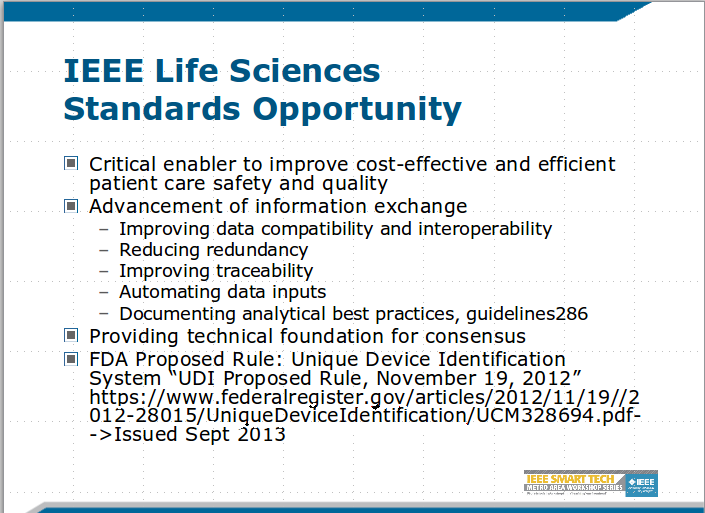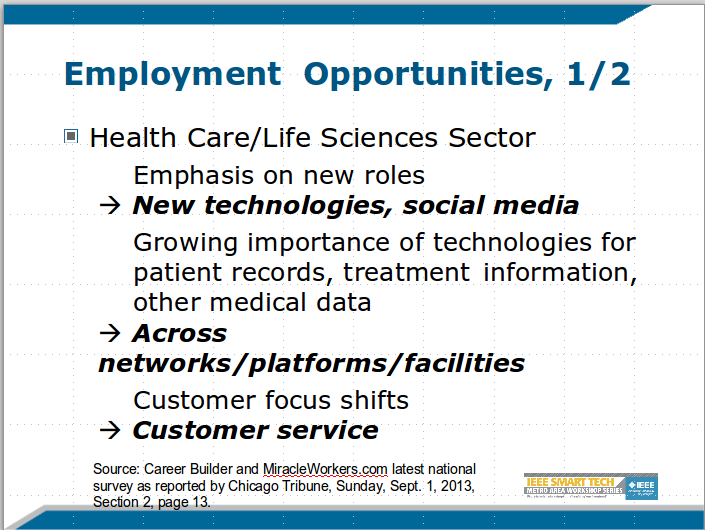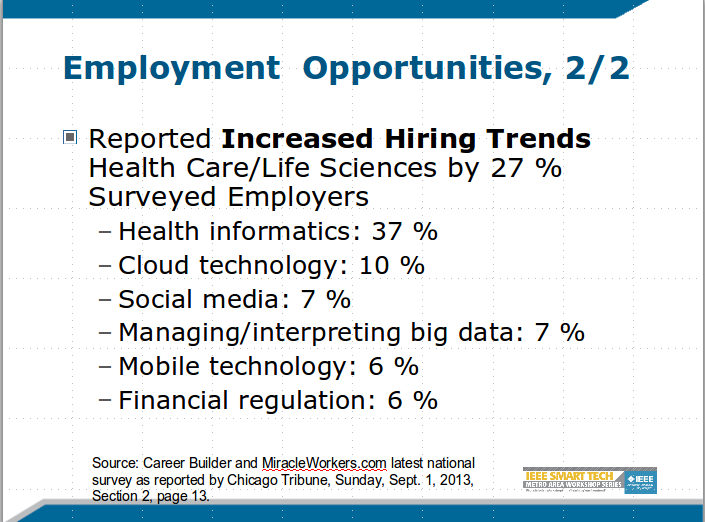Safety Synergies and Engineering Opportunities with Complex Systems in Life Sciences
By Mary Capelli-Schellpfeffer
Healthcare-related facilities and other life science applications represent complex environments with significant safety implications. This offers both challenges and opportunities to bioengineers.
Systems safety fundamentals have long been recognized in highly sensitive industrial, commercial, and military operational environments. With the widening application of computers to products and services, safety engineering is critically enabling as technology insertion accelerates in life sciences. Like a power plant, auto manufacturing facility, or airport, a healthcare enterprise represents a complex system of systems.
The institutions involved in life sciences range from community hospitals and neighborhood clinics to academic medical centers, non-governmental organizations, and regulatory agencies. Schools, sporting facilities, and research laboratories as well as corporations and non-medical businesses all can be seen as implementing life sciences applications. These service environments are diverse, with human, veterinary, agricultural, and emergency response activities possible.
Moreover, healthcare life sciences have a significant economic impact, estimated in the US at $2.3 trillion a year. Accounting for 17% of US gross domestic product, there are innumerable daily touchpoints between residential or institutional human or non-human patients, and medications, treatments, medical devices, clinics, and hospitals/surgical centers. As much as 30% of services may be wasteful. Of major concern, medical errors and preventable deaths during healthcare-related activities create urgency for safety synergies. As illustrated in Figure 1 from the presentation, significant numbers of adverse effects and device recalls are associated with medical devices.

Figure 1
Scalar considerations in life sciences hazards significantly magnify the safety challenges. For example, toxic molecules used to treat cancers can demonstrate the shared hazardous characteristics of invisibility, imperceptibility, and difficulty to measure. Yet the basic patient safety equation incorporates these potentially toxic materials within the environment of a patient’s care, such that “Environment + Patient Care = Safety.” Engineering solutions to comprehensive identification, quantification, traceability, disposal and recall of pharmaceuticals while protecting patient identity, privacy, and priority of treatment is an example of the growing management importance of medical data, patient records, and treatment information across networks, platforms, and care locations.
Notably the IEEE engineering community can play a key role in improving the cost-effectiveness and efficiency of patient care safety and quality through
- Enhancements in data compatibility and interoperability
- Reduction in redundancies in information exchange (thereby eliminating sources of error and waste)
- Automation in data inputs, monitoring, and analysis
- Development of standards (Figure 2)

Figure 2
Recent survey results of increased hiring trends suggest a very positive employment market in the healthcare/ life sciences sector (Figures 3 & 4).

Figure 3

Figure 4
Contributor
 Mary Capelli-Schellpfeffer, MD, MPA, is Medical Director of Loyola University Health System’s Occupational Health Services, and Associate Professor, Department of Medicine, Loyola University Chicago Stritch School of Medicine. Dr. Mary Capelli-Schellpfeffer guides Loyola’s occupational medicine programs. An IEEE Fellow and global consultant regarding electrical safety, she is widely recognized for her work on risk mitigation in complex systems. Read more
Mary Capelli-Schellpfeffer, MD, MPA, is Medical Director of Loyola University Health System’s Occupational Health Services, and Associate Professor, Department of Medicine, Loyola University Chicago Stritch School of Medicine. Dr. Mary Capelli-Schellpfeffer guides Loyola’s occupational medicine programs. An IEEE Fellow and global consultant regarding electrical safety, she is widely recognized for her work on risk mitigation in complex systems. Read more







 Brian T. Cunningham is a Professor in the Department of Electrical and Computer Engineering and the Department of Bioengineering at the University of Illinois at Urbana-Champaign, where he also serves as the Interim Director of the Micro and Nanotechnology Laboratory, and as Director of the NSF Center for Agricultural, Biomedical, and Pharmaceutical Nanotechnology. His research is in the development of biosensors and detection instruments for pharmaceutical high throughput screening, disease diagnostics, point-of-care testing, life science research, and environmental monitoring.
Brian T. Cunningham is a Professor in the Department of Electrical and Computer Engineering and the Department of Bioengineering at the University of Illinois at Urbana-Champaign, where he also serves as the Interim Director of the Micro and Nanotechnology Laboratory, and as Director of the NSF Center for Agricultural, Biomedical, and Pharmaceutical Nanotechnology. His research is in the development of biosensors and detection instruments for pharmaceutical high throughput screening, disease diagnostics, point-of-care testing, life science research, and environmental monitoring.  Aniruddha Datta received the B. Tech degree in Electrical Engineering from IIT Kharagpur in 1985, the M.S.E.E. degree from Southern Illinois University, Carbondale in 1987 and the M.S. (Applied Mathematics) and Ph.D. degrees from the University of Southern California in 1991. In August 1991, he joined the Department of Electrical and Computer Engineering at Texas A&M University where he is currently the J. W. Runyon, Jr. '35 Professor II.
Aniruddha Datta received the B. Tech degree in Electrical Engineering from IIT Kharagpur in 1985, the M.S.E.E. degree from Southern Illinois University, Carbondale in 1987 and the M.S. (Applied Mathematics) and Ph.D. degrees from the University of Southern California in 1991. In August 1991, he joined the Department of Electrical and Computer Engineering at Texas A&M University where he is currently the J. W. Runyon, Jr. '35 Professor II.